The Stop Trump campaign blew at least $75 million failing to stop Donald Trump

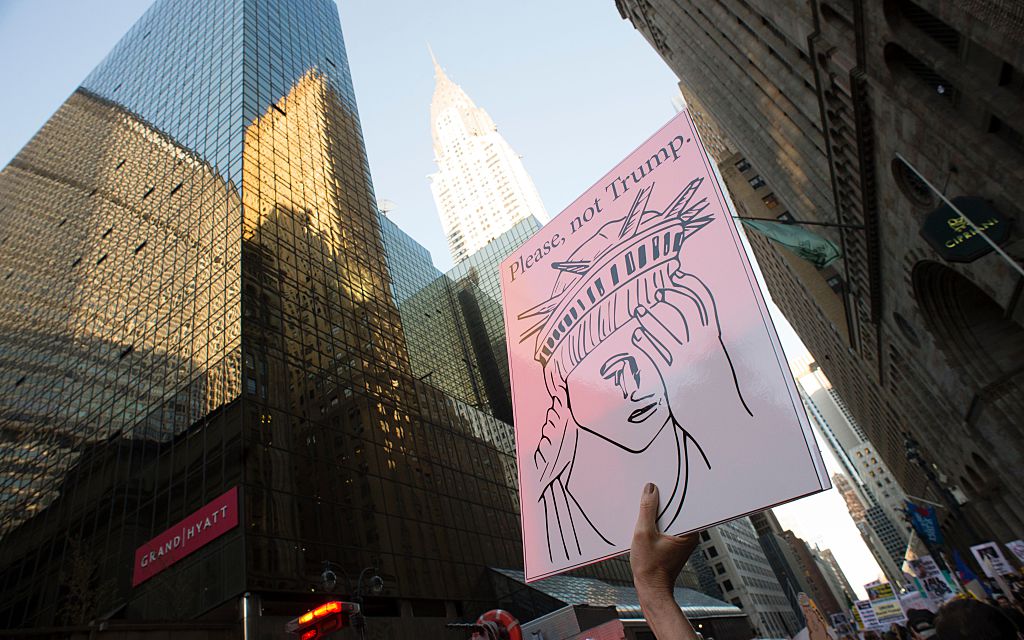
Republican National Committee head Reince Priebus has declared Donald Trump the "presumptive GOP nominee" and is trying to rally his party around the hashtag #NeverHillary. But the Republicans resolutely opposed to Trump are sticking with #NeverTrump, and they have vowed to keep on keeping on, even though they just lost their last real shot to deprive Trump of the nomination. You can argue that their tactics were ineffective, but nobody can say they didn't try. In total, CNN's Gregory Wallace reports, Republicans ran more than $70 million in broadcast television ads during the campaign, or 64,000 different ads.
In his victory speech on Tuesday night, Trump criticized the steady stream of #NeverTrump ads in Indiana, saying he asked his advisers, "how can anyone endure this?" (Of course, since it was a victory speech, Trump was answering his own question.) The $75.7 million in TV ad spending, as counted by Kantar Media/CMAG, includes all ads run against Trump during the campaign, by all the candidates and their super PACs; Marco Rubio's supporters at Conservative Solutions PAC spent the most, some $19.7 million, followed by pro-Jeb! group Right to Rise, at nearly $10 million.
The main obstacle that thwarted the Stop Trump movement is that "you can't beat someone with no one," says Chris Cillizza at The Washington Post. "Many Republicans are scared of what Trump might do as the GOP nominee. But they viscerally hate Cruz and simply could not bring themselves to be for him."
The Week
Escape your echo chamber. Get the facts behind the news, plus analysis from multiple perspectives.

Sign up for The Week's Free Newsletters
From our morning news briefing to a weekly Good News Newsletter, get the best of The Week delivered directly to your inbox.
From our morning news briefing to a weekly Good News Newsletter, get the best of The Week delivered directly to your inbox.
A free daily email with the biggest news stories of the day – and the best features from TheWeek.com
Peter has worked as a news and culture writer and editor at The Week since the site's launch in 2008. He covers politics, world affairs, religion and cultural currents. His journalism career began as a copy editor at a financial newswire and has included editorial positions at The New York Times Magazine, Facts on File, and Oregon State University.
-
 How to financially prepare for divorce
How to financially prepare for divorceThe Explainer Facing ‘irreconcilable differences’ does not have to be financially devastating
-
 Why it’s important to shop around for a mortgage and what to look for
Why it’s important to shop around for a mortgage and what to look forThe Explainer You can save big by comparing different mortgage offers
-
 4 ways to save on rising health care costs
4 ways to save on rising health care costsThe Explainer Health care expenses are part of an overall increase in the cost of living for Americans
-
 Bari Weiss’ ‘60 Minutes’ scandal is about more than one report
Bari Weiss’ ‘60 Minutes’ scandal is about more than one reportIN THE SPOTLIGHT By blocking an approved segment on a controversial prison holding US deportees in El Salvador, the editor-in-chief of CBS News has become the main story
-
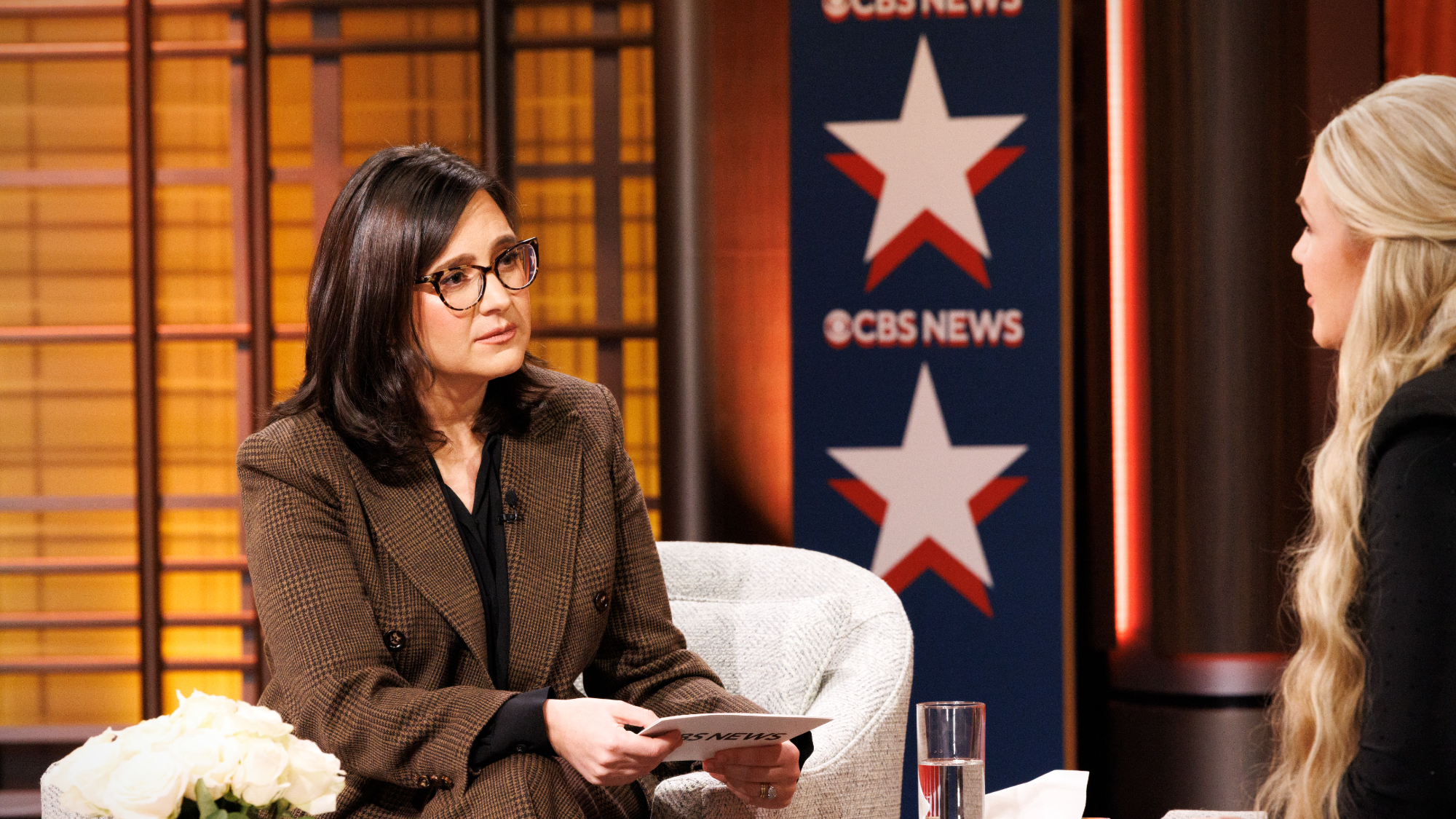 CBS pulls ‘60 Minutes’ report on Trump deportees
CBS pulls ‘60 Minutes’ report on Trump deporteesSpeed Read An investigation into the deportations of Venezuelan migrants to El Salvador’s notorious prison was scrapped
-
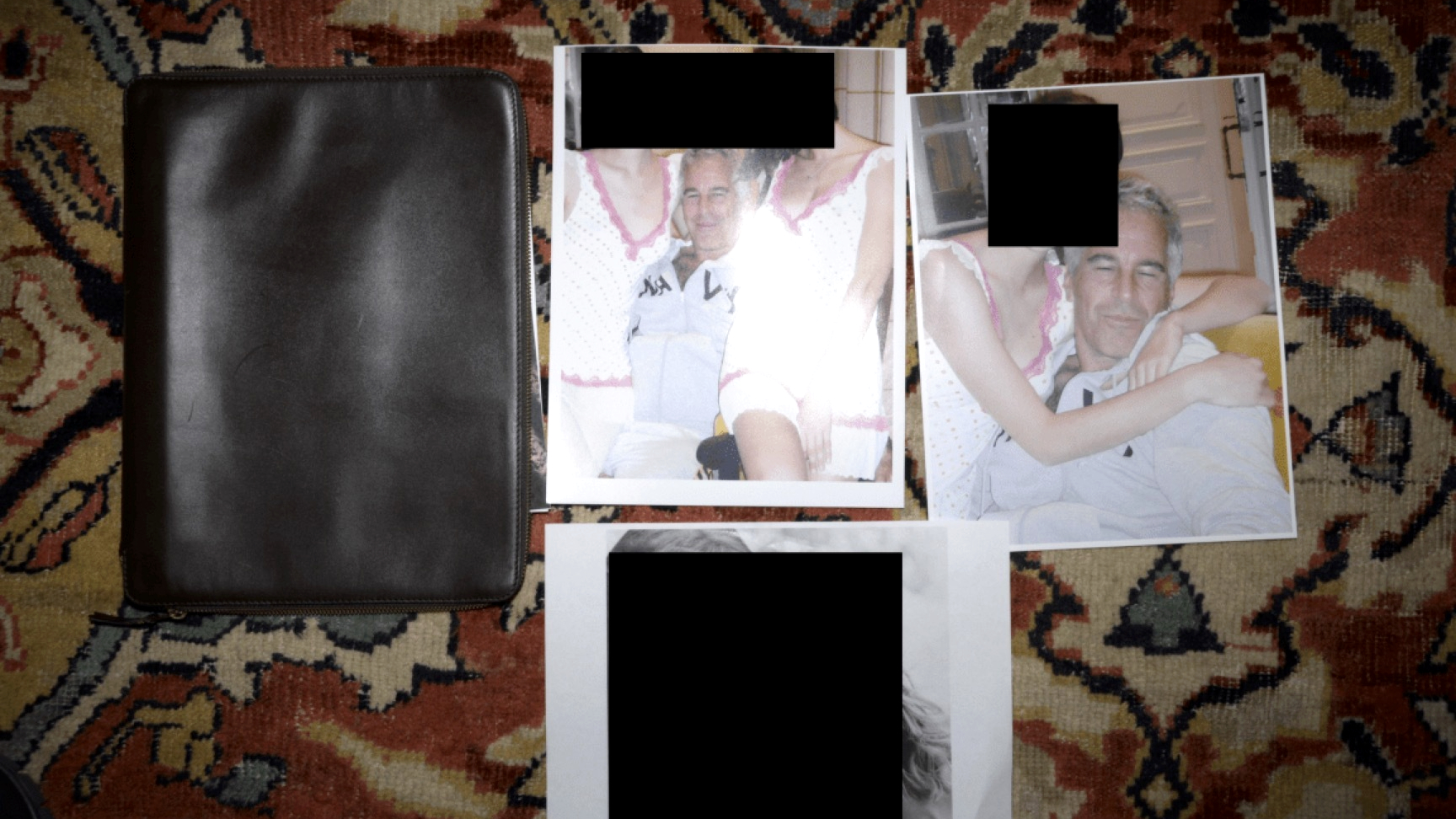 Trump administration posts sliver of Epstein files
Trump administration posts sliver of Epstein filesSpeed Read Many of the Justice Department documents were heavily redacted, though new photos of both Donald Trump and Bill Clinton emerged
-
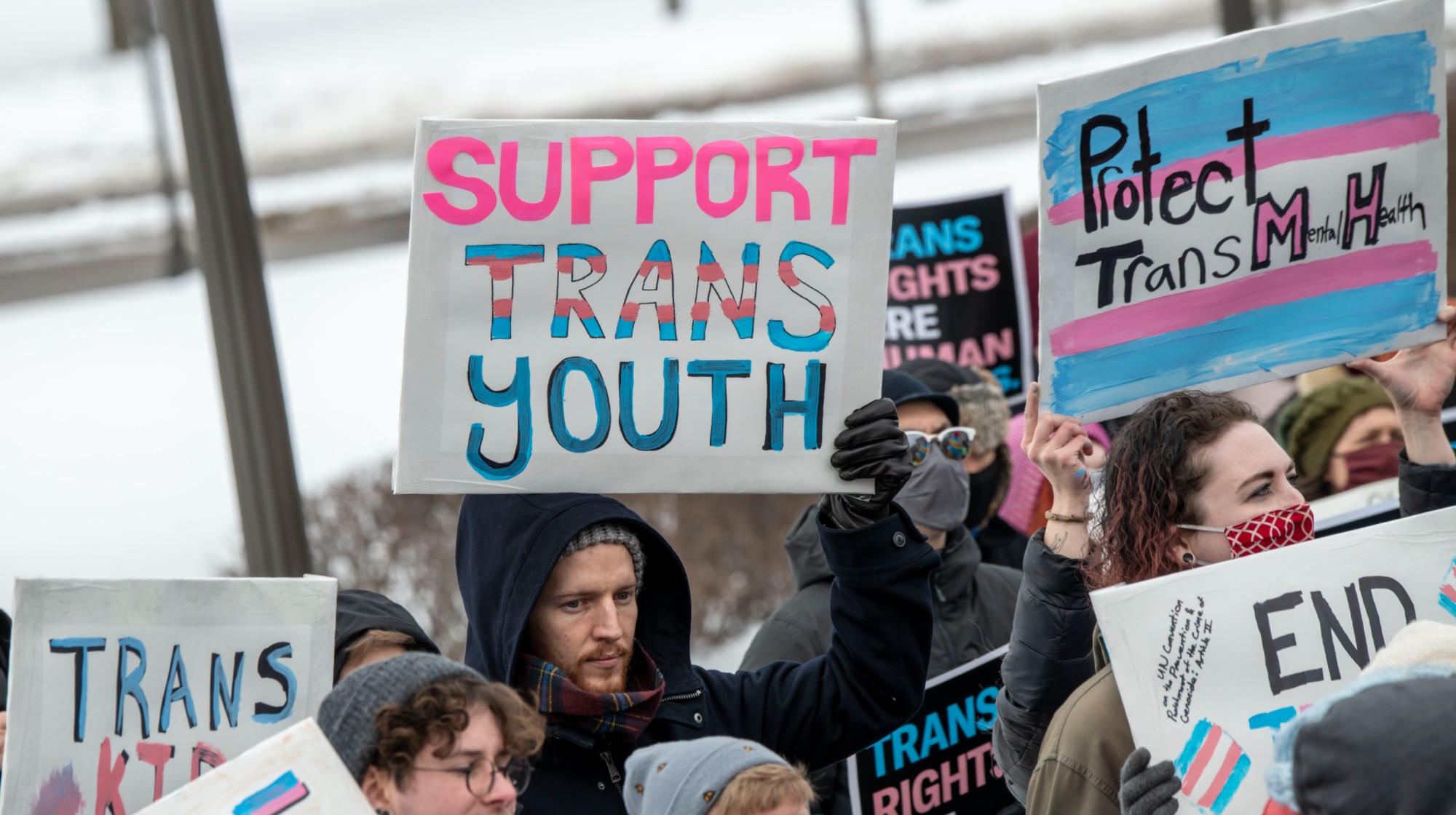 Trump HHS moves to end care for trans youth
Trump HHS moves to end care for trans youthSpeed Read The administration is making sweeping proposals that would eliminate gender-affirming care for Americans under age 18
-
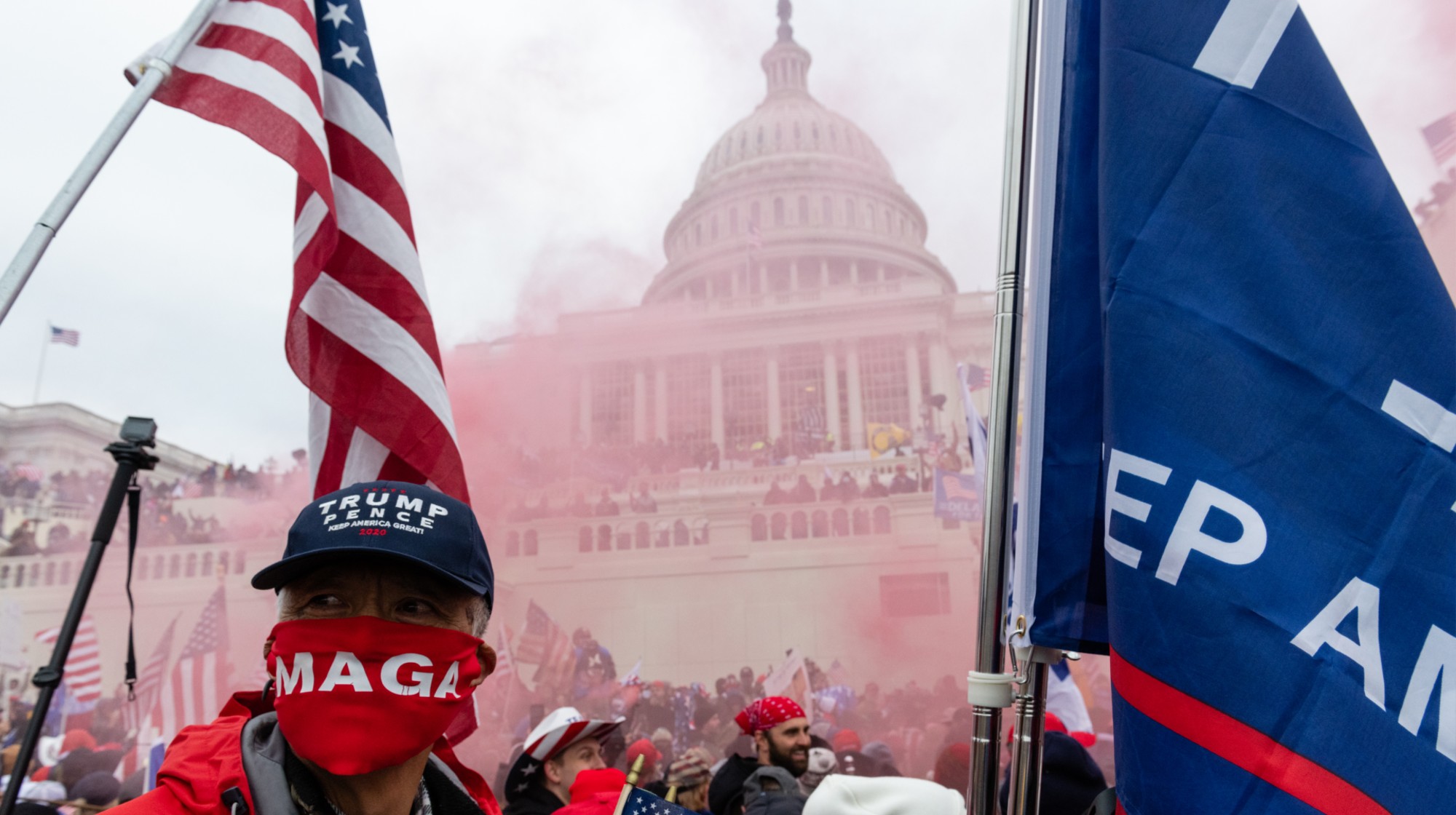 Jack Smith tells House of ‘proof’ of Trump’s crimes
Jack Smith tells House of ‘proof’ of Trump’s crimesSpeed Read President Donald Trump ‘engaged in a criminal scheme to overturn the results of the 2020 presidential election,’ hoarded classified documents and ‘repeatedly tried to obstruct justice’
-
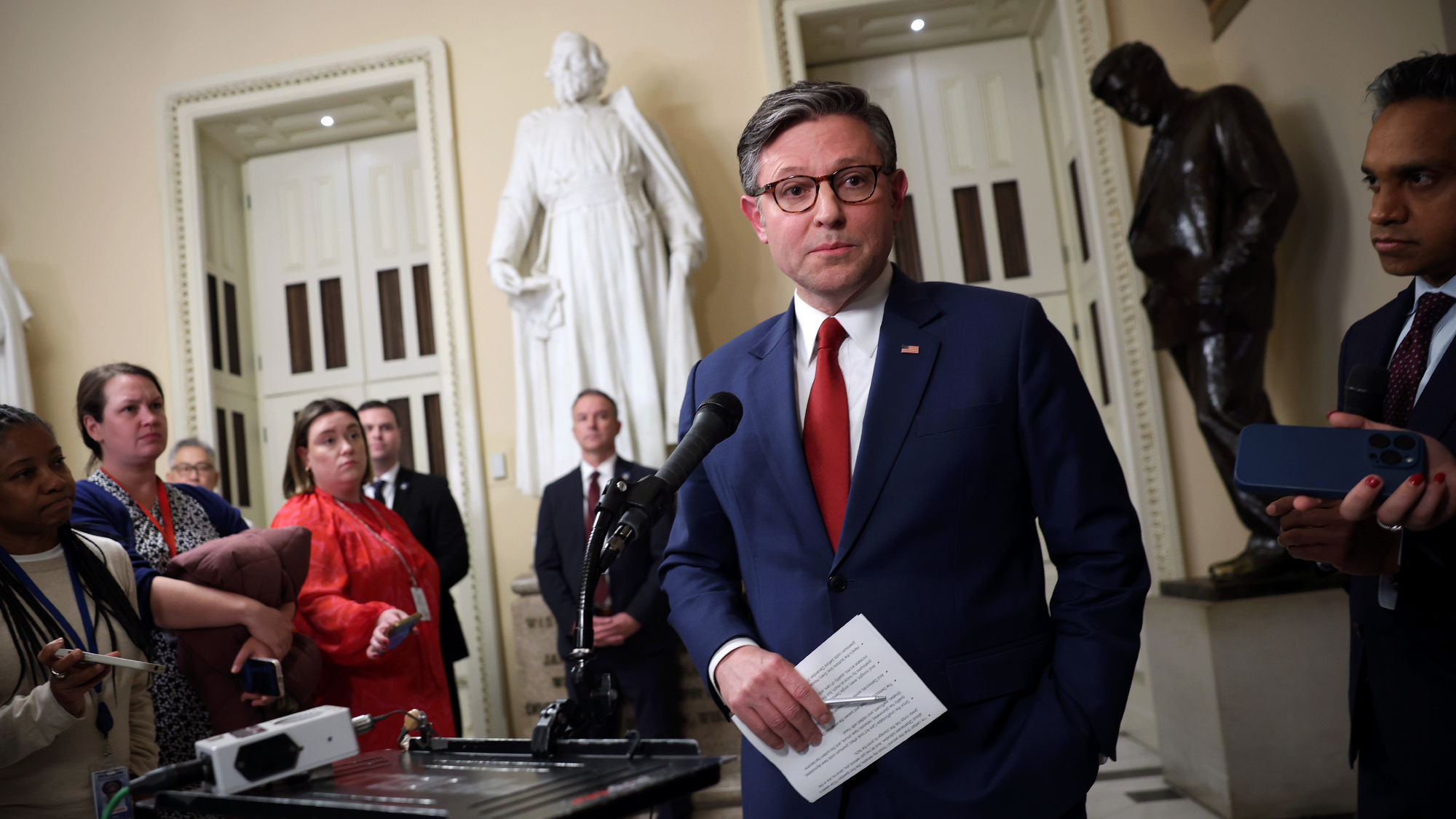 House GOP revolt forces vote on ACA subsidies
House GOP revolt forces vote on ACA subsidiesSpeed Read The new health care bill would lower some costs but not extend expiring Affordable Care Act subsidies
-
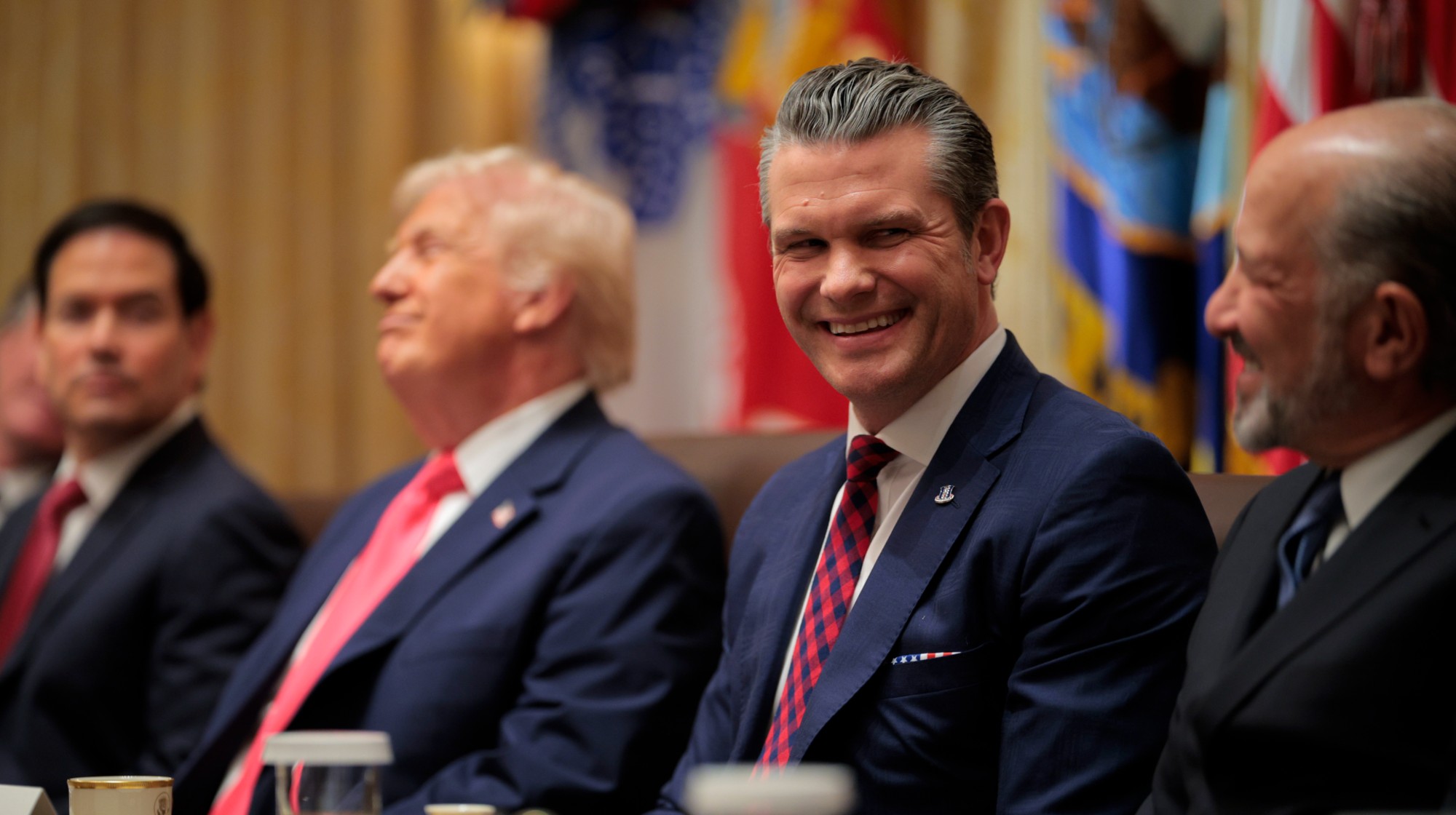 Hegseth rejects release of full boat strike footage
Hegseth rejects release of full boat strike footageSpeed Read There are calls to release video of the military killing two survivors of a Sept. 2 missile strike on an alleged drug trafficking boat
-
 Trump vows naval blockade of most Venezuelan oil
Trump vows naval blockade of most Venezuelan oilSpeed Read The announcement further escalates pressure on President Nicolás Maduro
